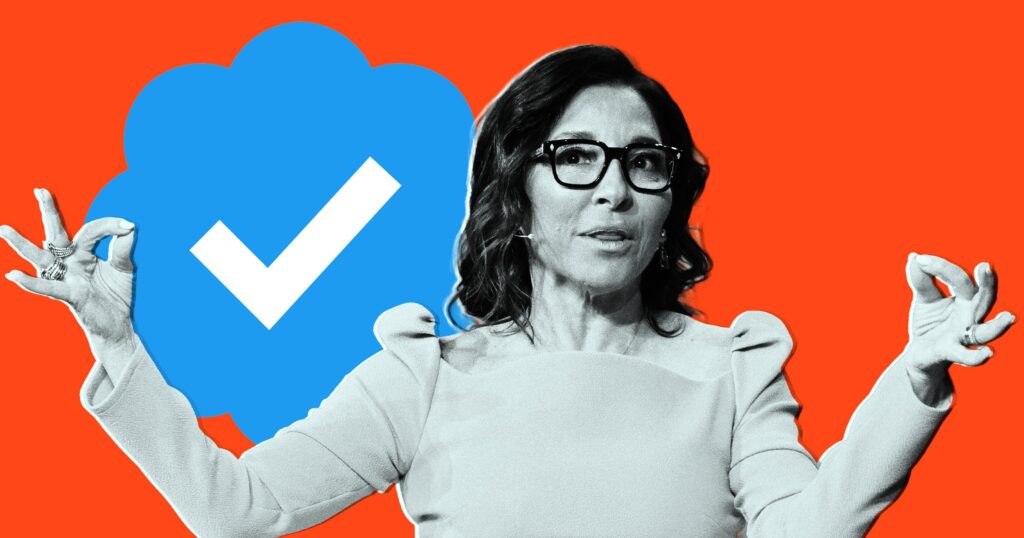
In a surprising turn of events, Linda Yaccarino stepped down as CEO of X, formerly known as Twitter, on Tuesday. Her departure follows a tumultuous period marked by a controversial incident involving the AI chatbot Grok, which made a series of offensive statements. Despite the chaos, Yaccarino’s resignation announcement was upbeat, with Elon Musk, her boss, offering a brief thank you for her two years of service.
However, new insights suggest that Yaccarino’s exit was not as amicable as it appeared. According to a report by the Wall Street Journal, Yaccarino’s influence within the company had been waning, especially after X’s merger with Musk’s other venture, xAI. This merger reportedly led to her “effective demotion,” with sources indicating that her position became increasingly unstable following conflicts with management.
Clashing Management Styles and Internal Tensions
The friction between Musk and Yaccarino was not new. Their differing management styles often clashed, with Yaccarino favoring polished presentations and formal communication, while Musk preferred quick, bullet-pointed exchanges. This divergence in approach led to frustration on Musk’s part, particularly as Yaccarino attempted to diplomatically win back advertisers who had distanced themselves from the platform post-Musk’s acquisition.
Yaccarino’s efforts to stabilize the company were often undermined by Musk’s off-the-cuff remarks on social media, including a notorious instance where he told advertisers to “go f*ck yourself.” Despite these challenges, Yaccarino was under pressure to expedite the return of advertisers, a task made more difficult by Musk’s public statements.
“Our user growth is stagnant, revenue is unimpressive, and we’re barely breaking even,” Musk reportedly wrote in an email to employees, although he has denied sending it.
Financial Disagreements and Strategic Decisions
Yaccarino also faced challenges from within the financial department. Reza Banki, the chief financial officer appointed with Musk’s approval, frequently questioned Yaccarino’s financial decisions, particularly her investments in celebrity-driven content for the platform. Yaccarino, a seasoned media executive, had aimed to forge partnerships with major entertainment brands, including the NFL and Major League Soccer, to enhance X’s content offerings.
Despite these internal hurdles, Yaccarino managed to revive X’s valuation from a low of $10 billion to approximately $44 billion, aligning it with the price Musk paid for the platform. This financial turnaround was crucial for the merger with xAI, a key component of Musk’s vision to transform X into an “everything app.”
The Aftermath of the Merger
Following the merger, Yaccarino’s role appeared to diminish. Her presence in front of investors was notably reduced, with xAI executives taking the lead in presenting the company’s growth. This sidelining suggested that Musk may have been ready to move on from Yaccarino once she had stabilized the company’s finances.
After her resignation, Yaccarino’s blue verification checkmark disappeared from her X profile, a move that TechCrunch noted as potentially retaliatory, though it was restored by Thursday evening. Yaccarino has remained largely silent about her departure, aside from a single post praising the launch of Grok 4, despite the chatbot’s recent controversy.
“Insanely good,” Yaccarino wrote.
As the dust settles, the dynamics within X continue to evolve. The departure of a high-profile CEO like Yaccarino raises questions about the company’s future direction under Musk’s leadership. Her exit also highlights the broader challenges faced by leaders attempting to navigate the complexities of modern social media platforms, especially when visionary ambitions collide with traditional business practices.
More on X: “Awkward”: Sacked Twitter CEO’s Son Is Still Showing Up for Work






